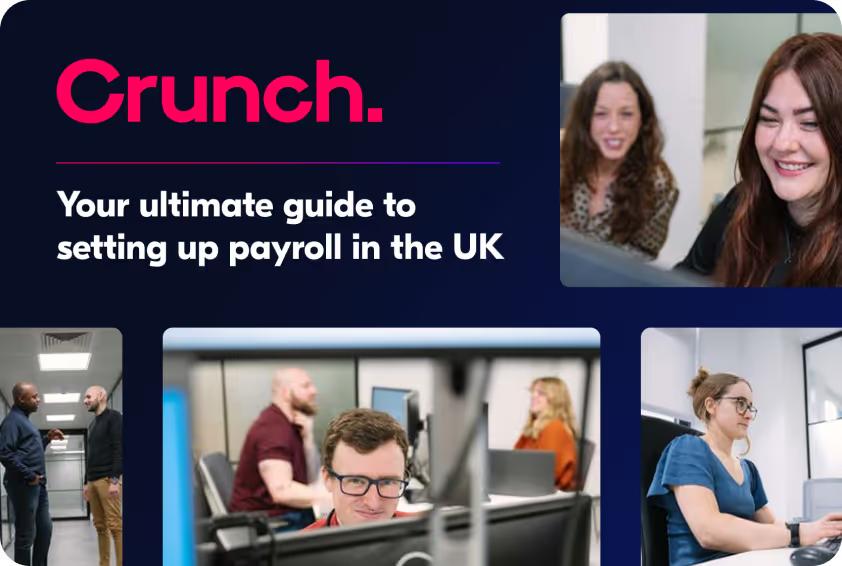If you run a small business or work as a Sole trader, you’ve probably come across the phrase “net of VAT.” It’s a common term in contracts, quotes, and invoices, but it can sometimes cause confusion, especially if you’re new to self-employment or just starting to handle your own accounts.
Understanding the difference between net and gross pricing isn’t just about clearing up jargon. It has real financial consequences, influencing how much you pay for supplies, how you price your services, and how competitive you appear compared to other businesses.
This guide explains what “net of VAT” means, breaks down the difference between net and gross pricing, and explores why it matters so much for Sole traders.
What Is VAT?
VAT, or Value Added Tax, is a consumption tax applied to most goods and services in the UK. Businesses collect VAT on behalf of HMRC whenever they sell taxable goods or services, and in turn, they can usually reclaim VAT they’ve paid on their own business purchases.
In practice, VAT is charged as a percentage of the net price. The standard rate is 20%, though some goods and services are taxed at reduced rates (5%) or are zero-rated. Certain items, such as financial services, education, and some food products, are exempt from VAT altogether.
Here’s how it works:
- When you sell to your customer, you add VAT to your price (if you are VAT registered).
- You then pay that VAT to HMRC, minus any VAT you can reclaim on your business expenses.
This means VAT is not a cost to a VAT-registered business in the long run, it’s a tax that flows through your accounts. But for Sole traders who aren’t VAT registered, VAT on purchases becomes a real business cost because they can’t reclaim it.
{{tax-guide}}
What does “net of VAT” mean?
When something is described as “net of VAT,” it means the price does not include VAT. It’s the base value of the product or service, before any tax is added.
For example:
- Net price: £500
- VAT (20%): £100
- Gross price: £600
If you’re quoted £500 “net of VAT,” the total you’ll pay (if VAT applies) will be £600.
This distinction is particularly important if you’re comparing quotes from different suppliers. One may list a net price, while another shows a gross price. Without spotting the difference, you could mistakenly think one is cheaper than the other.
Net price vs. gross price
Understanding the difference between net and gross is vital for clear communication with clients and customers.
- Net price: The value before VAT (and sometimes before other taxes or fees). This is the amount you or your client might focus on in business-to-business transactions.
- Gross price: The total price including VAT. This is what most consumers care about, as it reflects the actual cost they pay.
Quick Formula
- Net price + VAT = Gross price
- Gross price – VAT = Net price
Why this matters for Sole traders
As a Sole trader, whether you deal with net or gross prices depends largely on whether you’re VAT registered.
If you are VAT registered
- You must charge VAT on your sales once your turnover exceeds the VAT threshold (currently £90,000 in the UK).
- Your invoices should clearly show the net price, the VAT rate, and the total gross amount.
- You can reclaim the VAT you pay on eligible business expenses.
This means VAT isn’t a direct cost to you, it passes through your business. You collect VAT from your customers and hand it over to HMRC, while reclaiming the VAT you’ve paid on your own purchases.
If you are not VAT registered
- You don’t add VAT to your invoices.
- You can’t reclaim VAT on your purchases.
- Any “net of VAT” price quoted by a supplier is effectively your gross cost.
This can make you less competitive in some situations. For example, a VAT-registered business can reclaim VAT on equipment, but you’ll absorb the full cost. On the other hand, if you mostly sell to individual consumers, not being VAT registered means your prices might look cheaper than a VAT-registered competitor’s gross prices.
Common examples for Sole traders
Let’s look at a few scenarios that many Sole traders encounter.
Example 1: Quoting for a job
A building contractor quotes £2,000 “net of VAT.”
- If you’re not VAT registered, your cost is £2,400 in full.
- If you are VAT registered, you pay £2,400 initially but reclaim the £400 VAT in your next VAT return, so the true cost is £2,000.
Example 2: Buying equipment
You buy a camera listed at £1,200 including VAT.
- Net price: £1,000
- VAT: £200
- Gross: £1,200
If you’re not VAT registered, £1,200 is your final cost. If you are VAT registered, you reclaim the £200, so your effective cost is £1,000.
Example 3: Selling to consumers
If you charge £60 an hour for tutoring and you’re VAT registered, you’d technically have to add VAT, making the gross price £72. A competitor who isn’t VAT registered might still charge £60, making their service appear cheaper to consumers who can’t reclaim VAT.
Example 4: Working with agencies
Agencies often deal in net rates. If they offer you £150 a day “net of VAT,” and you’re VAT registered, you’ll invoice them £150 plus VAT (£180 total). They reclaim the VAT, and you’re not out of pocket. But if you’re not VAT registered, the £150 is all you’ll receive, with no VAT to add.
{{crunch-free}}
VAT registration and schemes
VAT registration is compulsory if your turnover exceeds the current threshold (£90,000). But some Sole traders choose to register voluntarily, especially if:
- most of their clients are VAT-registered businesses, or
- they incur significant VAT on expenses they’d like to reclaim.
Flat rate scheme
Some Sole traders benefit from the Flat Rate VAT Scheme, which simplifies VAT reporting. Instead of reclaiming VAT on purchases, you pay a fixed percentage of your gross turnover to HMRC, keeping the difference between what you charge and what you pay.
Cash accounting scheme
With the Cash Accounting Scheme, you only pay VAT when your customers pay you, rather than when you issue an invoice. This can help Sole traders with cash flow issues.
Understanding these schemes can make a big difference in how VAT affects your day-to-day finances.
Practical tips for managing net and gross pricing
Be clear in quotes and invoices
Always state whether your price is net or gross. Miscommunication can lead to disputes or unexpected costs.
Check whether you should register for VAT
Keep track of your turnover so you know if you’re approaching the VAT threshold. Failing to register in time can result in penalties.
Keep your records tidy
Separate net and VAT amounts in your bookkeeping. This not only helps you stay compliant but also makes it easier to claim VAT back on expenses.
Think about your customers
If your customers are businesses, quoting net prices makes sense. If your customers are individuals, always show gross prices so they understand the full cost.
Plan ahead for pricing
If you’re close to the VAT threshold, think about how registering will affect your pricing. You may need to adjust your rates to stay competitive.
Crunch Accounting makes it simple
Understanding the difference between net and gross pricing is essential, but applying VAT rules in practice can still feel complex. From keeping track of invoices to making sure you comply with HMRC’s requirements, the administrative burden can easily take time away from running your business.
Gaining a clear understanding of VAT is particularly important for Sole traders. Even if you never expect to register, knowing how VAT affects your suppliers, your clients, and the wider business environment helps you work smarter and avoid costly mistakes. Staying updated with the latest legislative changes is a must, and when in doubt, seeking advice from an expert accountant can provide further clarity and peace of mind.
Crunch Accounting is designed to make this side of running a business straightforward. With simple online tools and access to expert accountants, Crunch helps Sole traders manage their accounts, issue invoices that clearly show net and gross figures, and stay compliant with VAT rules.

.svg)



.webp)







.avif)







